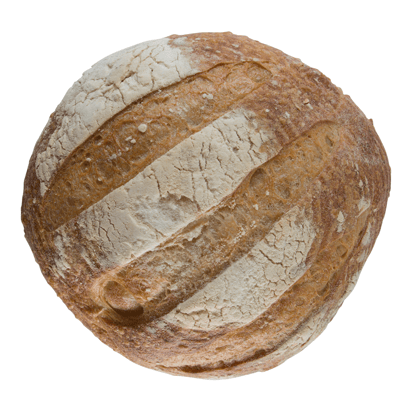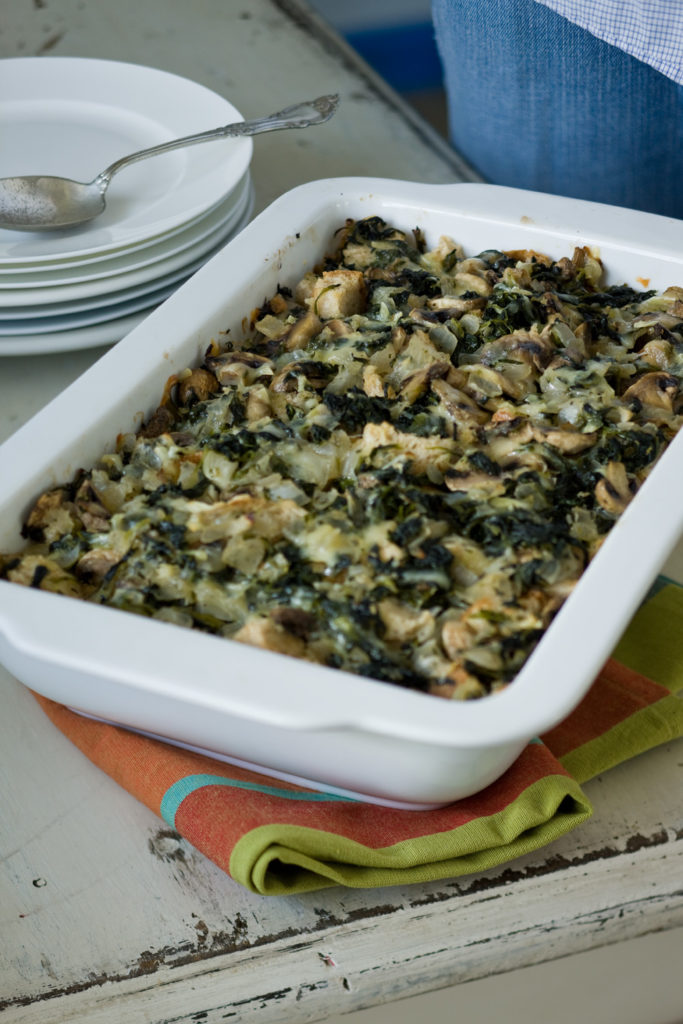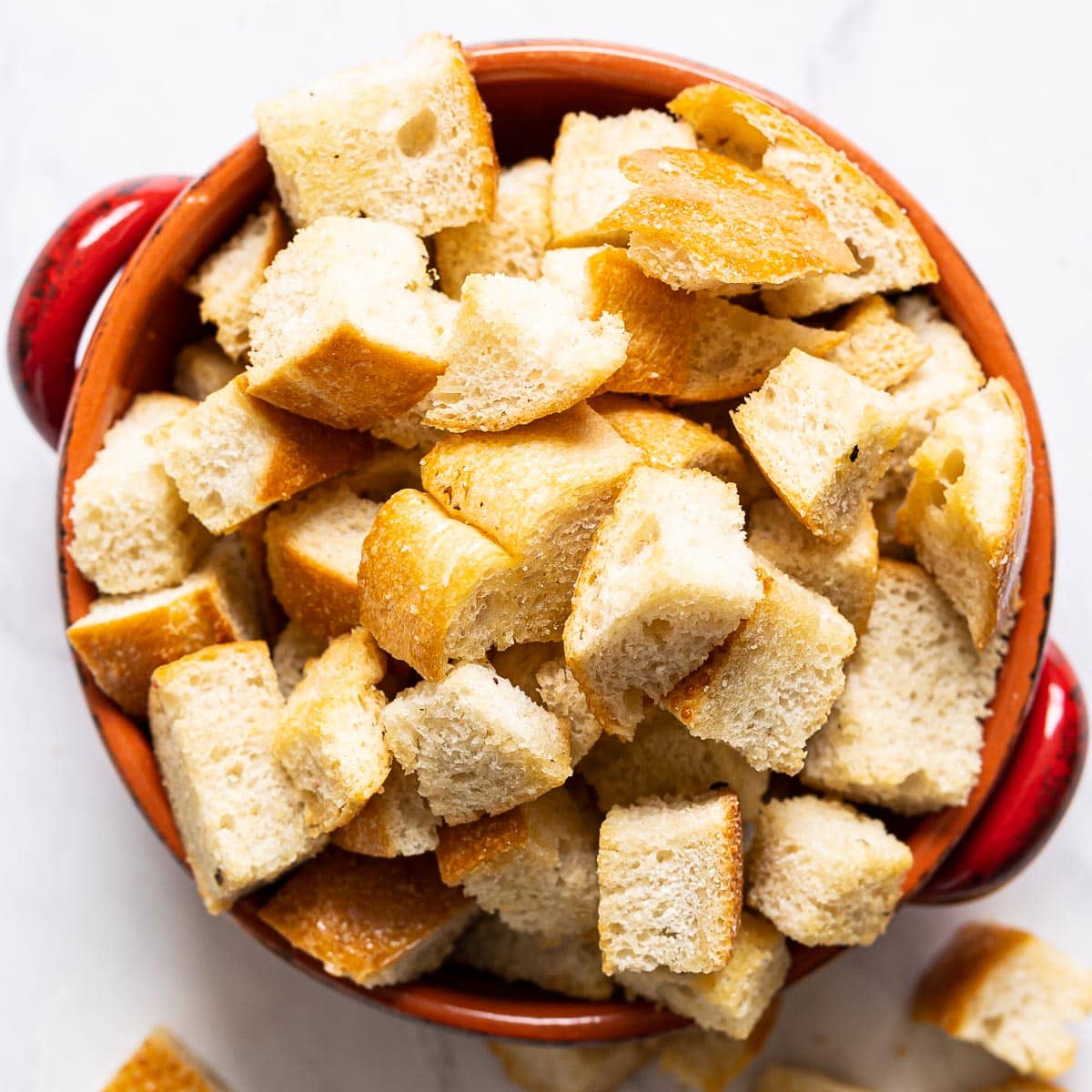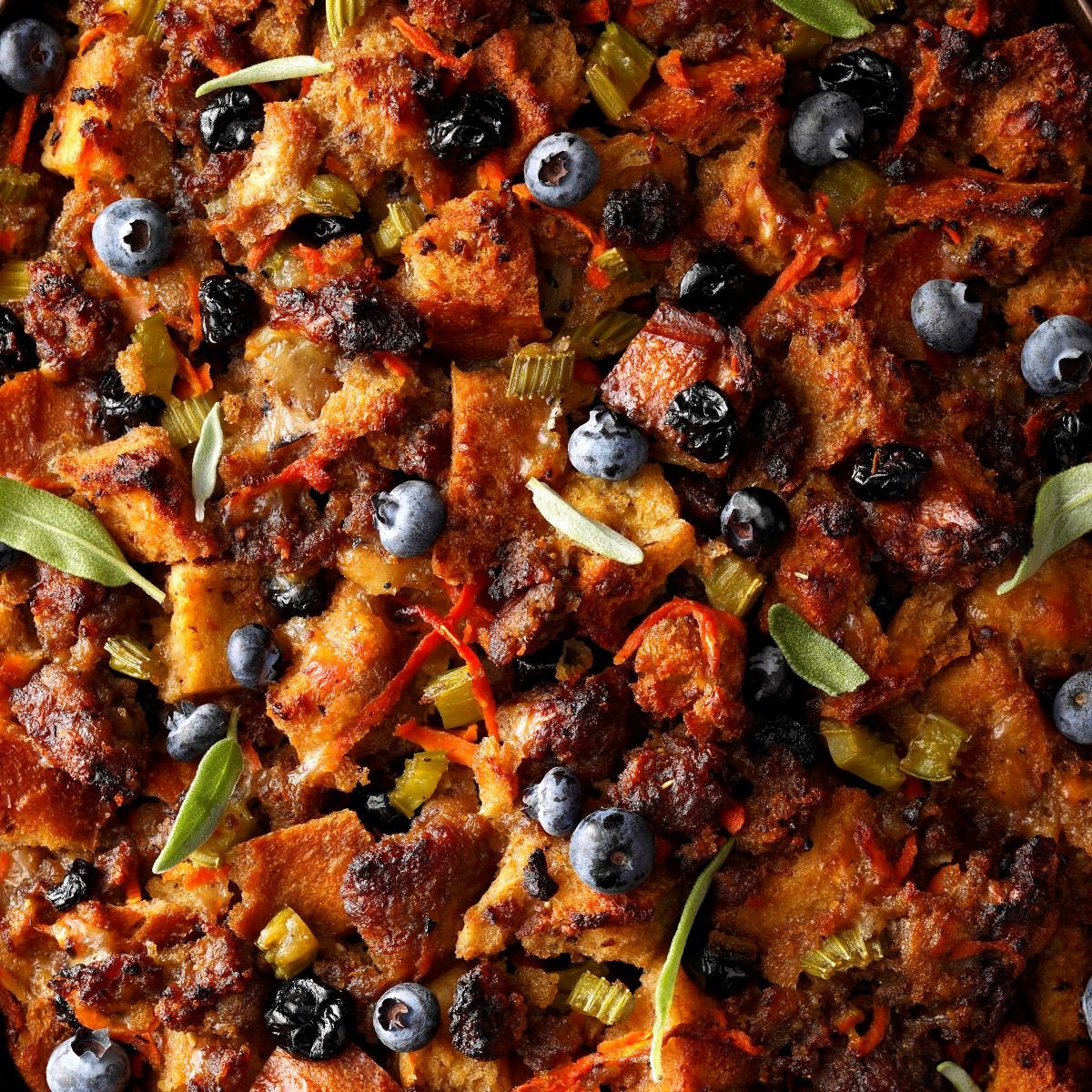Sourdough Bread: Important Facts, Health Benefits, and Recipes
Explore the secrets, benefits, and culinary uses of sourdough bread in our ultimate guide, covering its unique nutritional profile, history, and various types for a healthier lifestyle.

Best Sourdough Bread Recipes
-

-

-

-

-

-

-

-

-
![Crock Pot Stuffing with Apples Image]()
-
![Blueberry French Toast Casserole Image]()
-
![Chestnut Stuffing Image]()
-
![Blueberry Coconut French Toast Bake Image]()
-
![Crockpot Beer Cheese Dip Recipe Image]()
-
![Brussels Sprouts & Mushroom Casserole Recipe Image]()
-
![Breakfast Casserole with Butternut Squash and Kale Recipe Image]()
-
![Baked Cherry French Toast Casserole Recipe Image]()
-
![Thanksgiving Stuffing with Sausage and Apples Recipe Image]()
-
![Sourdough Anchovy Croutons Recipe Image]()
-
![Bread and Onion Panade with Spicy Greens Recipe | Cook the Book Image]()
-
![Classic Panzanella Salad (Tuscan-Style Tomato and Bread Salad) Recipe Image]()
-
![Pasta chi Vruoccoli Arriminati (Sicilian Pasta With Cauliflower and Toasted Breadcrumbs) Recipe Image]()
-
![Pasta Burro e Alici (Pasta With Creamy Anchovy-Butter Sauce) Recipe Image]()
-
![Cheesy Pull-Apart Bread Image]()
-
![Grilled Shrimp Panzanella Skewers Image]()
-
![Wheat Sourdough Bread Recipe Image]()
-
![CHEESY GARLIC PULL APART BREAD Image]()
-
![Chicken Stuffing Casserole Recipe Image]()
-
![Healthy Homemade Sourdough Croutons Image]()
-
![Healthy Caesar Salad Image]()
-
![Roasted Root Vegetable Panzanella Recipe Image]()
-
![Vegan Mushroom Stuffing Recipe Image]()
-
![Seriously Good Mushroom Stuffing Image]()
-
![Gazpacho Soup Recipe Image]()
-
![Crouton Recipe Image]()
-
![Garlic Croutons Recipe Image]()
-
![Buttery Radish Baguette Image]()
-
![Sourdough, Sausage and Blueberry Dressing Image]()
-
![Viva Panzanella Image]()
-
![Sourdough Stuffing with Caramelized Onions and Mushrooms Image]()
-
![Crab Spaghetti with Lemon Gremolata Image]()
-
![Roasted Artichokes with Chorizo Dressing Image]()
-
![Cajun Burgers Image]()
-
![Prosciutto-Stuffed Meat Loaf Image]()






:max_bytes(150000):strip_icc()/crockpot-beer-cheese-dip-478709-hero-01-b6276ad4efaf4a4fb40c1470d8c6a7a7.jpg)
:max_bytes(150000):strip_icc()/__opt__aboutcom__coeus__resources__content_migration__simply_recipes__uploads__2020__12__Goat-Cheese-Strata-LEAD-1-eb828b352ef84322993a167057871dc2.jpg)
:max_bytes(150000):strip_icc()/__opt__aboutcom__coeus__resources__content_migration__simply_recipes__uploads__2020__10__Pumpkin-Sage-Strata-LEAD-09-3b033d82622544efb1815919cb25d4bc.jpg)
/__opt__aboutcom__coeus__resources__content_migration__simply_recipes__uploads__2017__08__2017-08-08-Cherry-French-Toast-Casserole-v2-4-08f5369554ed429b8d7e0d7281c63403.jpg)
:max_bytes(150000):strip_icc()/__opt__aboutcom__coeus__resources__content_migration__simply_recipes__uploads__2019__10__Sausage-Apple-Stuffing-LEAD-7-3ad975bd95724a84a90e7c3ea68eb790.jpg)
:max_bytes(150000):strip_icc()/__opt__aboutcom__coeus__resources__content_migration__serious_eats__seriouseats.com__2020__05__20200526-anchovy-croutons-sasha-marx6-6ebf48027a4f41f9bc81bd7a89a55dc5.jpg)

:max_bytes(150000):strip_icc()/SEA-classic-panzanella-salad-recipe-hero-03-74d7b17dde8f498795387ef0c22d7215.jpg)
:max_bytes(150000):strip_icc()/__opt__aboutcom__coeus__resources__content_migration__serious_eats__seriouseats.com__2021__03__20210310-Vruoccoli-Arriminati-sasha-marx-13-1-5fa897847b15488b80f54a8a3b927d05.jpg)
:max_bytes(150000):strip_icc()/__opt__aboutcom__coeus__resources__content_migration__serious_eats__seriouseats.com__2021__02__20210218-burro-e-alici-sasha-marx-11-d30e7f3153414346a24169785e1ffe41.jpg)


:max_bytes(150000):strip_icc()/french-country-sourdough-artisan-bread-521162106-580d3cc33df78c2c735af0f4.jpg)

:max_bytes(150000):strip_icc()/Simply-Recipes-Chicken-Stuffing-Casserole-LEAD-2-a5403279b0254eb0892a5b22b7e173dc.jpg)


:max_bytes(150000):strip_icc()/Simply-Recipes-Roasted-Root-Panzanella-LEAD-2-9c2fcf2bf4d54bb7b8c1e53824dcbf0b.jpg)
:max_bytes(150000):strip_icc()/Simply-Recipes-Vegan-Mushroom-Stuffing-LEAD-8-3ca4c28535ad4976af1fcda70624d8c8.jpg)


:max_bytes(150000):strip_icc()/20240625-Croutons-AmandaSuarez-09-e4151c056e4b45339886a96e6745e054.jpg)
:max_bytes(150000):strip_icc()/20240627-GarlicCroutons-AmandaSuarez-hero-7b0fc0bef41c4ce1b5a06a462ebcb303.jpg)







